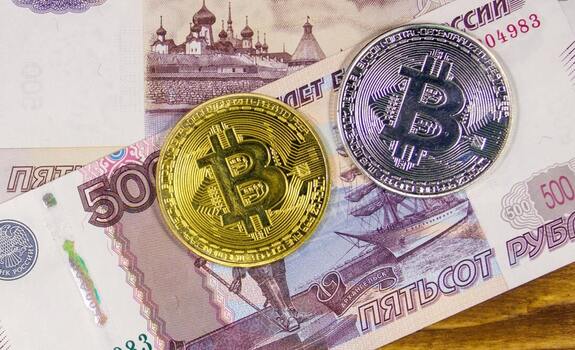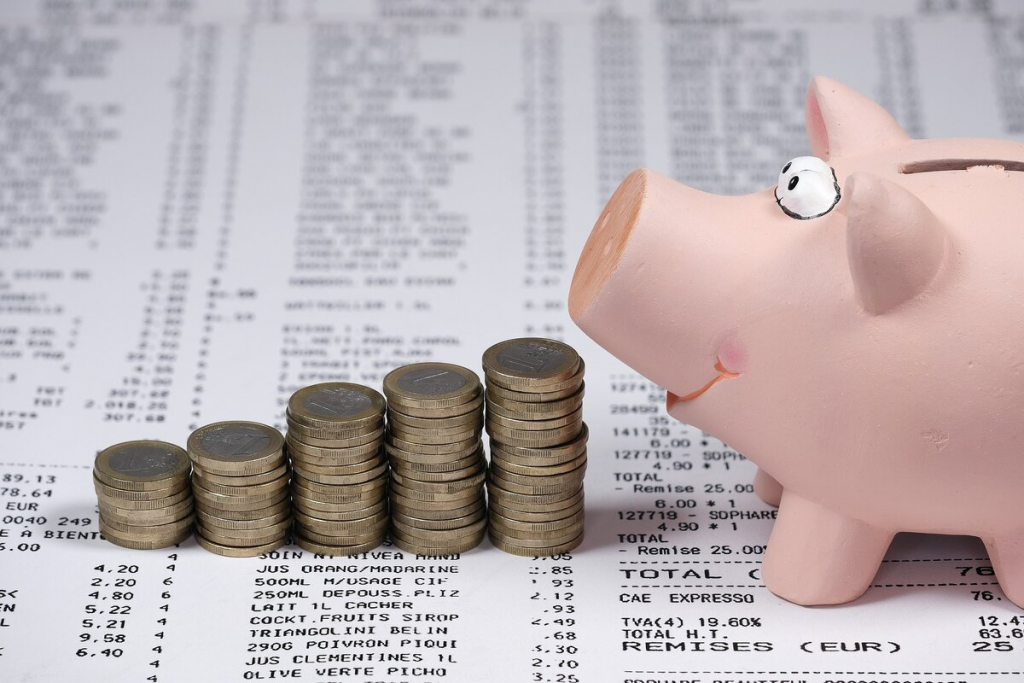Dividend Calendar 2025: When to Expect Payments from Top Emitters
Investors worldwide are actively planning their dividend income for 2025, relying on the payment schedules of the largest Russian companies. Understanding key dates, such as the ex-dividend date and record date, along with insights into the characteristics of issuers and macroeconomic factors influencing payments, will help to allocate capital effectively and avoid potential income losses due to the technical nuances of trading operations and tax planning.
Top Emitters and Payment Schedule
Gazprom
- Ex-dividend date: 15 May 2025
- Record date: 19 May 2025
- Payment date: 25 June 2025
- Dividend yield: 12.5%
- Payout ratio: 80%
Annual payments. Over the past five years, dividends have increased by more than 35% due to cost optimisation and rising gas prices in the European market.
LUKOIL
- Ex-dividend date: 30 June 2025
- Record date: 4 July 2025
- Payment dates: 20 July, 20 December 2025
- Dividend yield: 11.8%
- Payout ratio: 75%
Semi-annual payments smooth out seasonal price fluctuations in oil and ensure a steady cash inflow by mid-year and the end of the year.
Sberbank
- Ex-dividend dates: 1 April, 1 July, 1 October, 1 January 2026
- Record dates: the following trading day
- Payment dates: one month after record date
- Dividend yield: 9.6%
- Payout ratio: 50%
Quarterly payments are ideal for those seeking a regular cash flow to cover current expenses.
Novatek
- Ex-dividend date: 10 August 2025
- Record date: 12 August 2025
- Payment date: 20 September 2025
- Dividend yield: 9.2%
- Payout ratio: 65%
Fixed-rate LNG export contracts predictably generate cash flow, allowing the company to plan payments in advance.
Rosseti
- Ex-dividend date: 5 October 2025
- Record date: 7 October 2025
- Payment date: 15 November 2025
- Dividend yield: 8.7%
- Payout ratio: 85%
Government support and regulated tariffs consistently enhance shareholder returns.
Key Concepts
Ex-Dividend Date
The date after which a buyer of the stock does not receive dividends. On this day, the stock price is adjusted by the amount of the dividend.
Record Date
The date on which shareholders are registered to receive dividends. There are 2-3 clearing days between the ex-date and the record date.
Payment Date
The day dividends are distributed to investors' accounts. Credit may take up to two weeks after the record date.
Yield Indicators
Dividend Yield
\[DY = dividend per share ÷ stock price × 100%\]
Payout Ratio
\[Payout ratio = total dividends ÷ net profit × 100%\]
Sectors and Payments
| Sector | Average DY | Average Payout | Type of Payments |
|---|---|---|---|
| Energy | 10–12% | 70–85% | Annual/Semi-annual |
| Finance | 8–10% | 40–60% | Quarterly |
| Electric Power | 8–9% | 75–85% | Annual |
| Telecom | 6–8% | 50–70% | Semi-annual |
| Consumer | 5–7% | 30–50% | Annual |
Impact of Macroeconomics
Central Bank Key Rate
Rising rates increase borrowing costs and reduce issuers’ margins, which may restrain dividend growth.
Inflation and the Rouble Exchange Rate
High inflation diminishes the purchasing power of dividends, while a strengthening rouble increases returns in USD/EUR.
Dynamics of Ex-Dates
Example of Gazprom
In May 2021, the stock price fell by 6% on ex-date, but recovered to previous levels within three weeks due to strong fundamentals.
Example of Sberbank
In January 2024, the decline was 5%, and trading volume decreased by 25%, but within a month, quotes returned to growth.
Long-Term Portfolio Cases
Alexey's Portfolio
60% in ETFs on Russian and global markets, 40% in dividend stocks. Over five years, the total return amounted to 65%, with 25% from dividends.
Maria's Portfolio
70% in corporate bonds, 30% in dividend stocks. Over five years, capital increased by 50%, with dividends contributing 20%.
Dmitry's Portfolio
100% in the top five dividend stocks. The total return over five years was 40%, with dividends comprising 30%.
Calendar Automation
Excel and Google Sheets
Import ex-dates via the Moscow Exchange API and set up conditional formatting for automatic notifications.
Broker API
Use WebSocket for real-time notifications about upcoming ex-dates and record dates directly in Telegram or a mobile app.
Regulatory Environment and ESG
Central Bank Regulations
Changes in profit distribution requirements may affect dividend sizes. In 2025, a cap was introduced limiting payouts to no more than 90% of the net profit for large issuers.
ESG Factors
Companies implementing environmental and social initiatives are less frequently penalised and are more likely to maintain stable payment policies.
Taxes and IIA
Taxes
- Residents of the Russian Federation: 13% personal income tax on dividends.
- Non-residents: 15% (or lower according to tax treaties).
IIA
Allows for exemption of dividends from personal income tax and obtaining a 13% deduction on contributions up to 1 million RUB per year.
Investor Psychology
Fear of Drawdown
Investors often sell stocks on ex-date due to price falls. It is recommended to hold securities for at least three event cycles to receive dividends and avoid transactional losses.
Long-Term Thinking
Focusing on stable income and growth in payments helps reduce emotional stress and improves overall portfolio performance.
Core & Satellite Strategy
Core
60-80% of capital is invested in ETFs on Russian and international markets for diversification.
Satellite
20-40% is allocated to individual top emitters with high yields and predictable payments.
Practical Steps
Six Steps
- Collect ex-dates of top emitters for the year ahead.
- Plan purchases 3-5 trading days before ex-date.
- Open an IIA for maximum tax benefits.
- Diversify the portfolio across sectors.
- Automate the dividend calculator via the API.
- Rebalance the portfolio after each quarter ends.
Forecast for 2026
- Energy: payment growth of +7% amid recovery in gas demand.
- Finance: payments stabilise at a payout ratio of 55%.
- Strengthening of the rouble to 70 RUB/USD will increase the real dividend yield for foreign investors.
The 2025 dividend calendar serves as a planning tool for passive income, considering macroeconomics, regulatory policies, and individual strategies. Effective application of this data and automation will enable investors to maximise benefits from payments and minimise technical and psychological risks.




